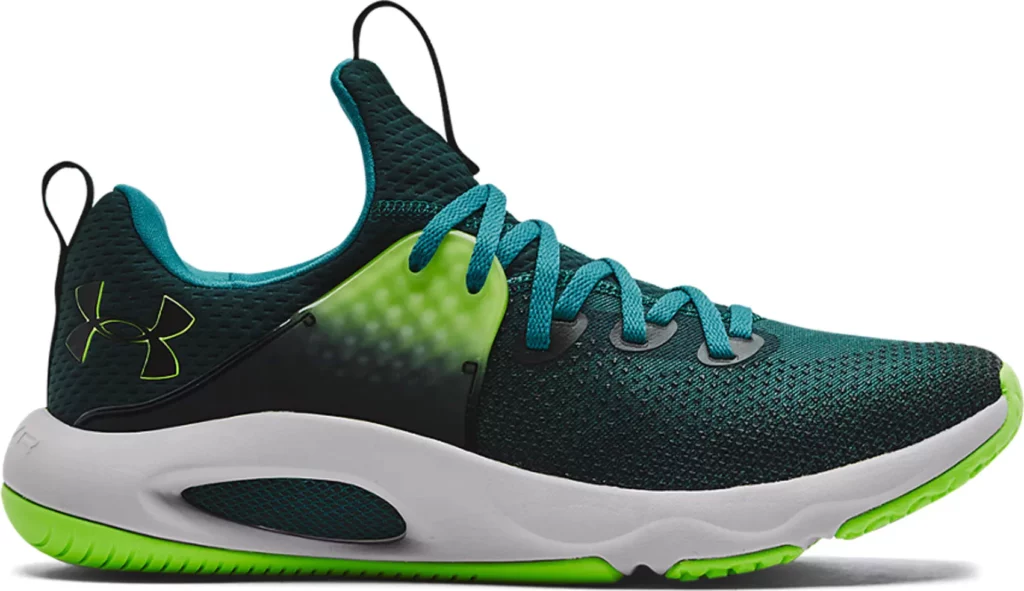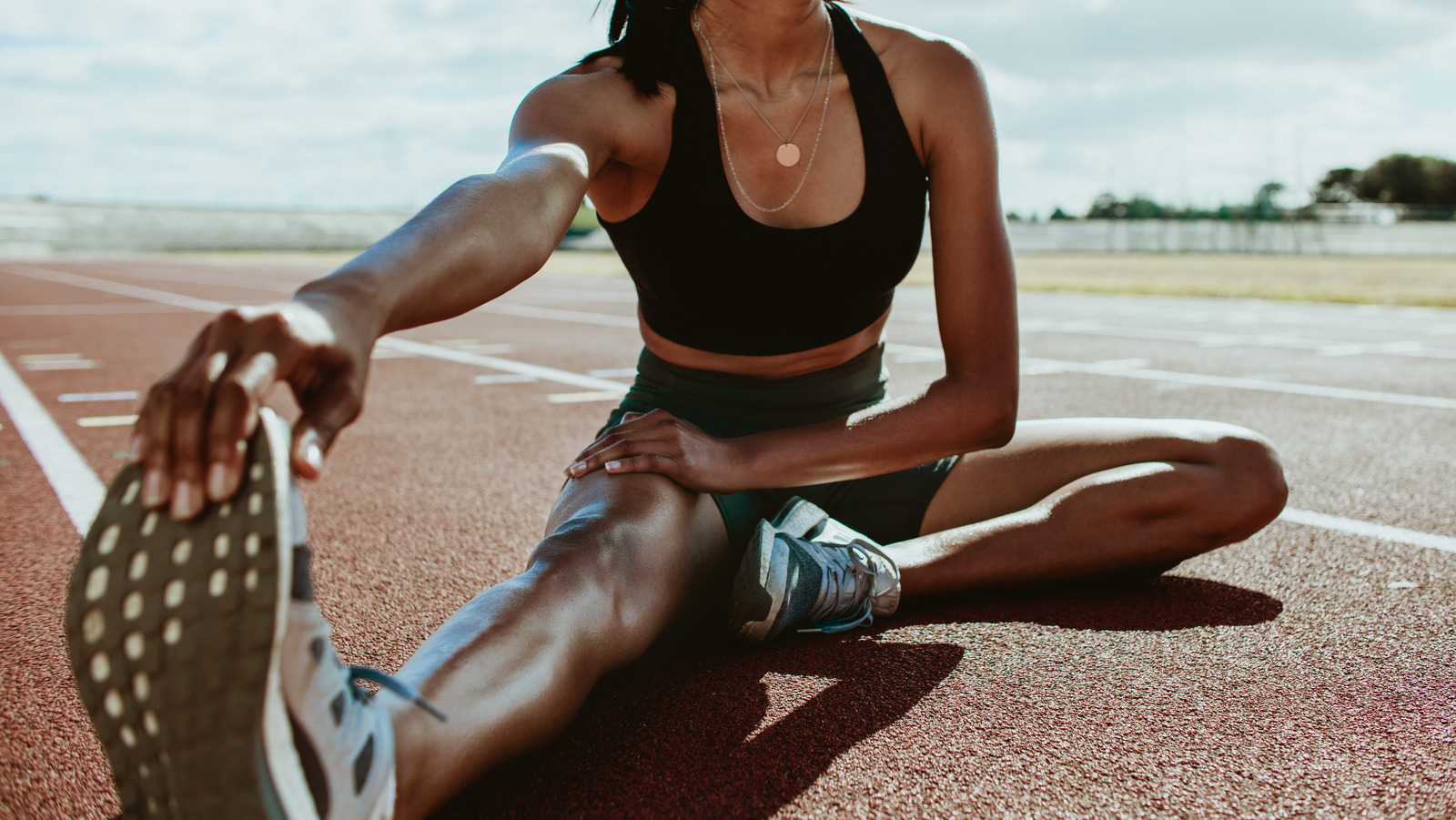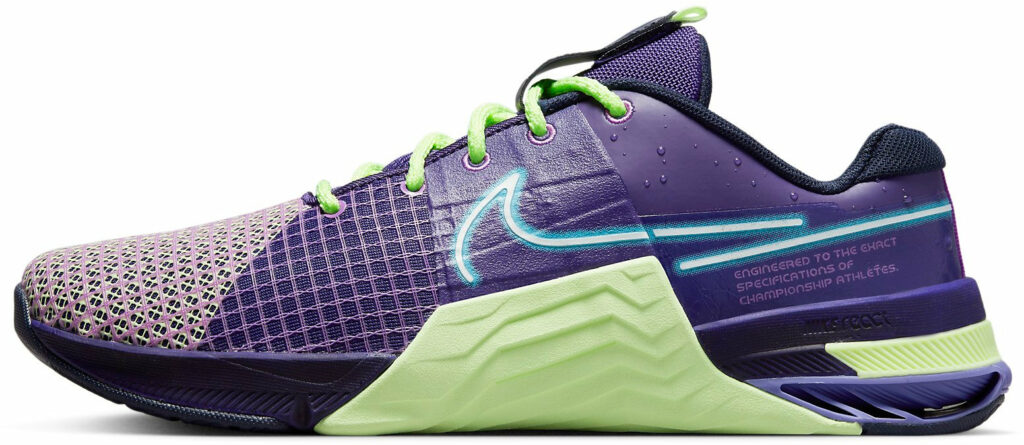When engaging in high-intensity interval training (HIIT), the right footwear is essential for optimizing performance and preventing injuries. Choosing shoes that provide adequate support, cushioning, and stability can significantly enhance your workout experience. This article will guide you through the key factors to consider when selecting HIIT shoes, highlight the features that maximize performance, and offer expert recommendations for 2023. By understanding these elements, you can make informed decisions that will help you train effectively and comfortably.
In this article you will find:
Choosing the Right Fit for HIIT Workouts
When it comes to high-intensity interval training (HIIT), the right footwear can make all the difference in your performance and overall experience. With the rapid movements, explosive power, and varied activities involved in HIIT workouts, selecting shoes that provide the perfect fit is essential. A well-fitted shoe not only enhances your workout but also minimizes the risk of injury. Here’s how to choose the right fit for your HIIT sessions.
Understanding Your Foot Type
Before you step into a store or browse online for your HIIT shoes, it’s crucial to understand your foot type. Foot shapes can generally be categorized into three main types:
- Neutral Feet: If your arches are neither too high nor too low, you likely have neutral feet. This foot type benefits from a variety of shoes.
- Flat Feet: Flat-footed individuals require shoes that provide additional stability and motion control to prevent overpronation.
- High Arches: Those with high arches need shoes with ample cushioning and flexibility to accommodate their unique foot structure.
Knowing your foot type can guide you in selecting shoes that provide the necessary support, cushioning, and stability for your specific needs.
Prioritizing Comfort and Fit
Comfort should be your top priority when selecting shoes for HIIT workouts. Here are a few key factors to consider:
- Size: Ensure there is enough room in the toe box to wiggle your toes. A thumb’s width of space between your longest toe and the end of the shoe is ideal.
- Width: Shoes come in various widths. Choose a width that accommodates your foot without pinching or feeling too loose.
- Arch Support: Proper arch support is vital for maintaining stability and preventing injuries. Consider shoes that offer tailored support for your foot type.
Remember, each brand may fit differently, so it’s wise to try on multiple options to find the best fit for you.
Testing Shoes for HIIT Activities
Once you’ve narrowed down your options, it’s important to test how the shoes perform during actual HIIT exercises. Here’s how to evaluate their effectiveness:
- Flexibility: The shoe should bend and flex easily with your foot’s natural movements, especially during lateral exercises.
- Cushioning: While testing, pay attention to how the shoes absorb impact. Quality cushioning helps in reducing stress on your joints.
- Traction: Ensure the outsole provides good grip on various surfaces, as HIIT workouts often involve quick directional changes.
Consider doing a few jumping jacks, lateral shuffles, or burpees in the shoes to assess their performance in action.
Consulting with Experts
If you’re still uncertain about which shoes to choose, don’t hesitate to consult with experts. Many specialty running and athletic stores offer gait analysis services that can provide personalized recommendations based on your running style and foot mechanics. This tailored approach ensures that you are making an informed decision when investing in your HIIT footwear.
For more detailed information on choosing the right footwear for high-intensity workouts, visit Runner’s World.
Key Features of HIIT Shoes for Maximum Performance
When engaging in high-intensity interval training (HIIT), your footwear plays a pivotal role in achieving optimal performance. HIIT workouts are characterized by quick bursts of energy and varying movements, which demand specific features in athletic shoes. Understanding these key features can help you select the right shoes to enhance your training experience and keep you injury-free.
Lightweight Design
One of the fundamental characteristics of HIIT shoes is their lightweight design. During HIIT workouts, you need footwear that won’t weigh you down. Heavy shoes can hinder your speed and agility, making it difficult to perform rapid movements effectively. Opt for shoes made from lightweight materials that allow for swift transitions between exercises.
Responsive Cushioning
HIIT involves high-impact movements such as jumps, sprints, and lateral shifts. Therefore, having responsive cushioning is crucial. This type of cushioning absorbs shock while providing energy return, enabling you to push off the ground efficiently. Look for shoes with midsole technologies that enhance responsiveness, giving you the support needed for explosive movements.
Stability and Support
As you navigate through various exercises, stability becomes paramount. HIIT shoes should offer adequate support to prevent ankle rolling or excessive foot movement. Features to consider include:
- Wider Outsoles: A broader base provides better stability during lateral movements.
- Heel Counter: A firm heel counter helps keep your foot securely in place, enhancing overall stability.
- Arch Support: Proper arch support is essential to maintain balance and reduce the risk of injuries.
Stability is particularly important when performing exercises like burpees or box jumps, where a secure footing is essential for safety.
Traction for Multi-Surface Grip
HIIT workouts often occur on various surfaces, from gym floors to outdoor environments. As such, having shoes with excellent traction is vital. A well-designed outsole with multidirectional treads can provide the grip you need for explosive movements and quick changes in direction. Look for shoes that feature:
- Rubber Outsoles: Durable rubber offers superior grip and longevity.
- Flex Grooves: Incorporating flex grooves enhances natural foot movement and improves traction.
With the right traction, you can confidently perform high-intensity drills without worrying about slipping or losing your footing.
Breathability and Comfort
During intense workouts, your feet can become hot and sweaty. Therefore, breathability is a crucial feature to consider. Shoes that incorporate mesh panels or moisture-wicking materials can help keep your feet cool and dry throughout your training. This not only enhances comfort but also helps prevent blisters and discomfort.
Durability for Long-Lasting Performance
Investing in a pair of HIIT shoes means you want them to withstand the rigors of your training sessions. Look for shoes made from high-quality materials that can endure repeated high-impact activities. Features that enhance durability include:
- Reinforced Toe Caps: Protects against wear during high-impact exercises.
- Stitching Quality: Strong stitching ensures that the shoe holds up under pressure.
Durability is essential not just for performance but also for the cost-effectiveness of your investment.
For a comprehensive guide on choosing the best HIIT shoes, consider visiting Runner’s World for expert insights.
Top Trainer Recommendations for 2023
As the fitness landscape evolves, so do the recommendations from top trainers regarding the best footwear for high-intensity interval training (HIIT). In 2023, trainers are focusing on shoes that not only provide performance and comfort but also support diverse workout routines. Here’s a roundup of the best HIIT shoes recommended by industry experts this year.
1. Nike Metcon 8
The Nike Metcon series has long been a favorite among trainers for its versatility and performance. The Metcon 8 stands out with its:
- Stability: A wide heel base ensures stability during heavy lifts.
- Durability: Built with robust materials that withstand intense workouts.
- Flexibility: The shoe provides a perfect blend of flexibility and support, allowing for quick transitions between exercises.
Trainers appreciate the Metcon 8 for its all-around capability, making it suitable for various HIIT workouts.
 2. Reebok Nano X2
2. Reebok Nano X2
Reebok’s Nano X2 is another top contender for HIIT shoes in 2023. This model is recommended for its:
- Responsive Cushioning: Provides excellent shock absorption, ideal for high-impact activities.
- Breathability: The upper mesh design promotes airflow, keeping your feet cool during intense sessions.
- Versatility: Suitable for both gym and outdoor workouts, making it a flexible option for trainers and athletes alike.
Many trainers highlight the Nano X2 for its comfort during dynamic movements, allowing athletes to push their limits.
3. Adidas Ultraboost 22
While traditionally known as a running shoe, the Adidas Ultraboost 22 has gained popularity in the HIIT community due to its exceptional cushioning and comfort. Key features include:
- Primeknit Upper: Offers a snug fit while allowing for natural foot movement.
- Boost Technology: Delivers unmatched energy return, making it easier to power through workouts.
- Style: A sleek design that can transition seamlessly from the gym to everyday wear.
Trainers recommend the Ultraboost 22 for those who prioritize comfort during their high-intensity routines.
4. Under Armour HOVR Rise 3
The Under Armour HOVR Rise 3 is designed specifically for gym-goers and offers unique features that cater to HIIT training:
- HOVR Technology: Provides a ‘zero gravity’ feel, minimizing impact during jumps and sprints.
- Enhanced Traction: The outsole design ensures grip on various surfaces, allowing for safe lateral movements.
- Lightweight Construction: Keeps you agile while providing the necessary support.
This model is frequently recommended by trainers for its ability to perform well under pressure.
5. New Balance Minimus TR
For those who prefer a more minimalistic approach, the New Balance Minimus TR is highly regarded. Features include:
- Minimal Drop: Encourages a natural foot strike, which is beneficial for agility training.
- Lightweight Design: Perfect for quick movements and transitions.
- Flexible Outsole: Allows for natural foot movement during various exercises.
Trainers recommend the Minimus TR for athletes looking to enhance their connection with the ground, improving balance and agility.
For more insights on footwear and training, check out Runner’s World for expert advice and comprehensive reviews.
Maintaining Comfort and Support During Intense Sessions
When engaging in high-intensity interval training (HIIT), maintaining comfort and support is crucial for maximizing performance and preventing injuries. Intense workouts can put significant stress on your body, making it essential to focus on various factors that contribute to a comfortable training experience. Here are some key strategies to ensure you stay comfortable and well-supported during your sessions.
Choose the Right Socks
The foundation of comfort begins with your socks. Choosing the right socks can significantly impact your foot health and overall workout experience. Look for socks that offer:
- Moisture-Wicking Properties: Socks made from synthetic materials help to draw sweat away from your feet, keeping them dry and reducing the risk of blisters.
- Cushioning: Select socks with extra padding in key areas such as the heel and forefoot for added comfort during high-impact activities.
- Compression Features: Compression socks can enhance circulation and provide additional support, which is beneficial during rigorous HIIT sessions.
Investing in quality socks is a small step that can make a big difference in your comfort level.
Incorporate Proper Warm-Up and Cool-Down Routines
Before diving into intense workouts, dedicating time to warm-up and cool-down routines can enhance comfort and support. A proper warm-up helps prepare your body for the demands of HIIT, while a cool-down aids in recovery. Consider these components:
- Dynamic Stretching: Engage in dynamic stretches to increase blood flow to your muscles and improve flexibility. Movements like arm circles, leg swings, and torso twists can be effective.
- Gradual Intensity Build-Up: Start your workout with lower-intensity exercises to ease your body into the more demanding activities ahead.
- Static Stretching: Post-workout static stretching can help alleviate muscle tightness and enhance recovery.
By incorporating these practices, you can reduce muscle soreness and improve your overall workout experience.
Utilize Proper Footwear Technologies
As discussed in previous sections, choosing the right footwear is vital for comfort and support during HIIT workouts. Focus on shoes that incorporate advanced technologies, such as:
- Cushioning Systems: Shoes with responsive cushioning absorb impact, providing comfort during jumps and sprints.
- Arch Support: Proper arch support helps maintain alignment and reduces strain on your feet, especially during lateral movements.
- Shock Absorption: Look for shoes designed with shock-absorbing materials that minimize the impact on your joints.
Investing in shoes with these features can greatly enhance your comfort during intense sessions.
Listen to Your Body
Maintaining comfort and support also involves being attuned to your body’s signals. Pay attention to how you feel during your workouts and adjust accordingly. Here are some tips:
- Modify Exercises: If you experience discomfort or pain, don’t hesitate to modify or substitute exercises to better suit your needs.
- Rest and Recovery: Incorporate rest days into your training schedule to allow your body to recover and prevent overuse injuries.
- Hydration and Nutrition: Staying hydrated and properly nourished can enhance your overall performance and comfort levels during workouts.
Listening to your body is key to achieving long-term fitness success and maintaining your well-being.
Stay Mindful of Your Form
Good form is critical not just for performance, but also for comfort and injury prevention. Focus on:
- Body Alignment: Ensure your body is aligned properly during exercises to avoid unnecessary strain.
- Controlled Movements: Execute movements with control rather than rushing through them, which can lead to injuries.
- Engaging Core Muscles: Keeping your core engaged helps stabilize your body and supports proper posture.
By prioritizing form, you can enhance your comfort and performance during HIIT sessions.
For more tips on fitness and maintaining comfort during workouts, consider visiting Shape for expert advice. When selecting shoes for high-intensity interval training (HIIT), it’s crucial to choose footwear that fits your foot type, prioritizes comfort, and offers essential features like lightweight design, responsive cushioning, and excellent traction. Ensure the shoes provide adequate arch support and stability to prevent injuries during explosive movements. Additionally, consider investing in quality moisture-wicking socks and incorporating proper warm-up and cool-down routines to enhance your overall training experience.
To maintain comfort and support during intense sessions, listen to your body and modify exercises as needed. Focus on maintaining good form and body alignment to prevent strain, and ensure your footwear includes advanced technologies like shock absorption and cushioning systems. By following these guidelines, you can optimize your performance and reduce the risk of injuries during your workouts.


 2. Reebok Nano X2
2. Reebok Nano X2

